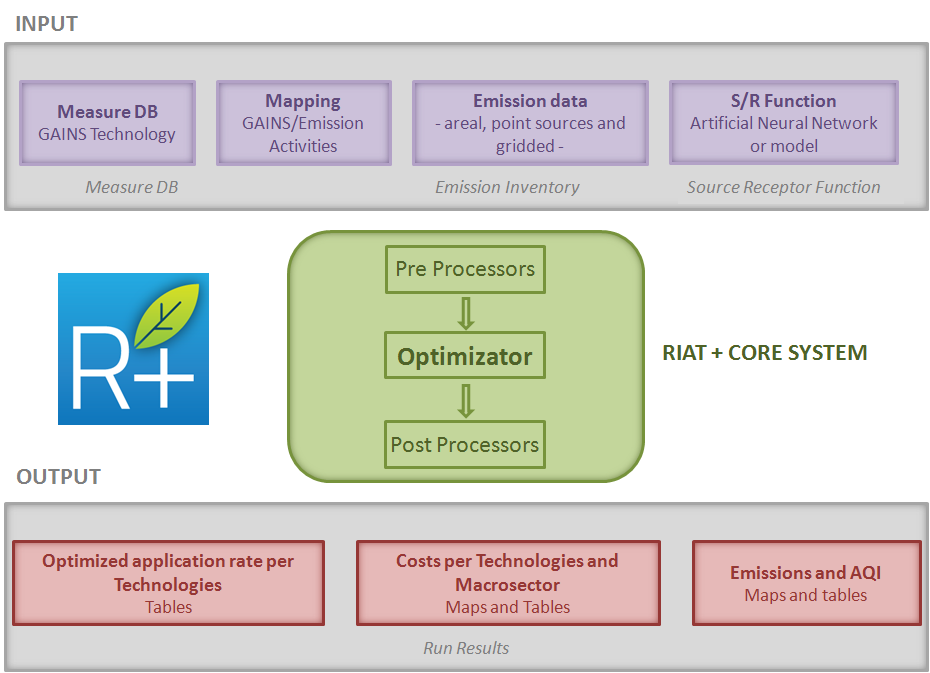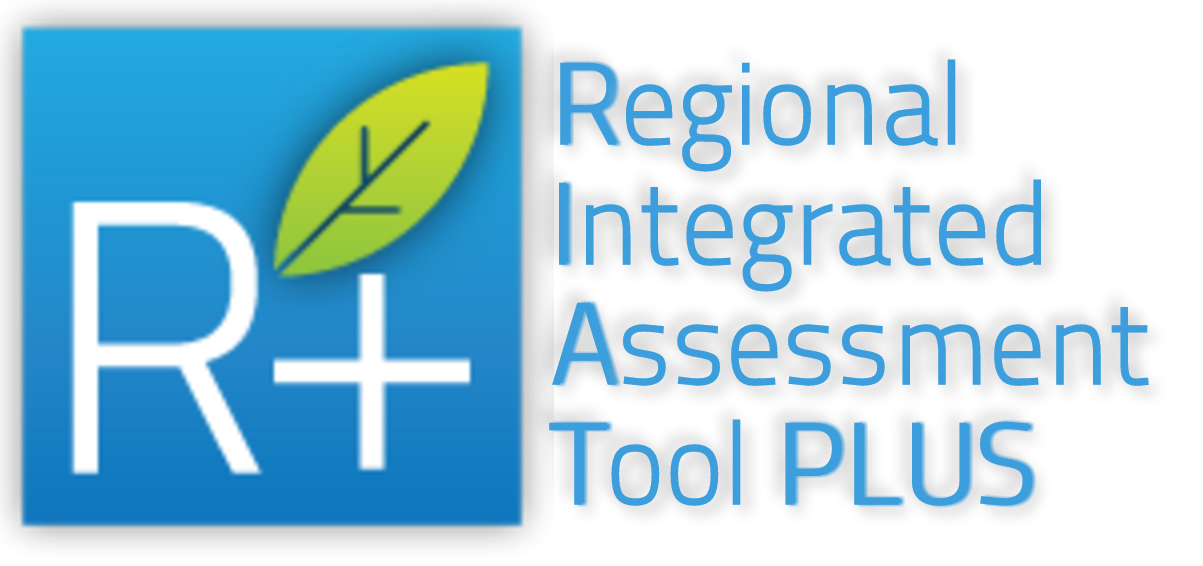NEWS
RIAT+ within the PREPAIR project
RIAT+ will be applied within the PREPAIR project with the aim of evaluating the measures foreseen in the regioneal plans and in the Po Valley agreement.
RIAT+ at the Genova Smart Week!
CLIMAERA project and RIAT+ application will be presented at the workshop "GREEN SOLUTIONS for the urban regeneration".
RIAT+ included in the CIVITAS Tool Inventory
RIAT+ has been included in the CIVITAS Tool Inventory, an online database of 100+ tools and methods that helps local authorities make better informed decisions about which planning tools to apply in their given local context.
RIAT+ brief description
RIAT+ is a regional Integrated Assessment Modelling tool developed during the OPERA project (LIFE09 ENV/IT/000092). It has been designed to help regional decision makers to select optimal air pollution reduction policies that will improve the air quality at minimum costs. To achieve this, the system incorporates explicitly the specific features of the area of interest with regional input data-set for the:
- precursor emissions of local and surrounding sources
- abatement measures (technical and non-technical/energy) described per activity sector and technology with information on application rates, emission removal efficiency factor and cost
- the effect of meteorology and prevailing chemical regimes through the use of site specific source-receptor (S/R) functions
The tool allows two possible decision pathways: scenario analysis and optimization. The main outputs from RIAT+ are a summary of emission reductions on the domain, a table of the application rates for the different measures, maps of a set of relevant air quality indexes (AQIs) and, for the optimization pathway, the Pareto Curve providing the efficient solutions of a specific AQI ranked by costs.
The S/R model is used, internally, to link emissions to an AQI. The S/R model can be as simple as a linear relationship, or as complex as a chemical transport model. To limit the computational time, RIAT+ currently uses a nonlinear relations identified by means of Artificial Neural Networks (ANNs), tuned to replicate the results of a limited set of simulations performed by the users with deterministic air quality model calibrated of the specific site.

RIAT+ has been already tested and applied in different EU Regions with various aims (for more detail see Applications):
- in Emilia-Romagna Region (IT) in the optimization way to estimate the effectiveness of measures (both technical and efficiency measures) contained in the AQP
- in Alsace Region (FR) in the optimization way to support the implementation of an action plan like SRCAE (Regional Scheme on Climate, Air and Energy) identifying the most effective technical and energy measures
- in Lombardy Region (IT) in scenario mode to estimate the costs and the benefits of both technical and efficiency measures contained in the AQP
- in Brussels Capital Region (BCR) in scenario mode to evaluate a reduced set of traffic and domestic heating measures provided by BIM (http://www.ibgebim.be), responsible for the study, monitoring and management of air, water, soil, waste, noise and nature
- in Porto Region (PT) in the optimization way applied in Great Porto Area to focus the AQP on RIAT+ selected measures
Strengths
- Use a general approach, that can be applied to different regions in Europe
- Various integrated assessment approach provided: detailed and aggregated scenarios analysis, cost effectiveness optimization, multi objective optimization
- Capability to evaluate the efficiency of various types of air quality policies: end-of-pipe and energy efficiency measures
- Capability to manage different kinds of input data (e.g. gridded or polygonal, annual or seasonal, SNAP detailed or aggregated emissions)
- Assessment of GHG emission budget for effective AQ policies
- Thanks to the experience during the Opera project in two specific regions, Alsace and Emilia-Romagna, RIAT+ has been designed and tested to answer regional requirements in air quality planning
- Developed using open-source technologies
- User friendly interfaces both to input data with check and validations controls and to elaborate and navigate output with tables, charts, maps
- Easy download and free license, it is stand-alone desktop application
- Strictly linked to the SHERPA tool developed by JRC - Joint Research Centre. The aim of SHERPA - Screening for High Emission Reduction Potential on Air - is to allow a quick scan of potential air quality improvements resulting from regional/local emission reduction measures but it also provides first-guess data to be used in the RIAT+ tool for a selected Region: precursor emissions, abatement measures and S/R model. Another task of SHERPA project is to enable RIAT+ tool to use both nonlinear and linear regression relations.






